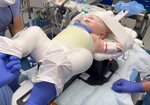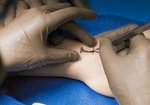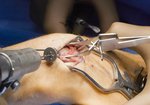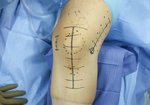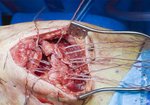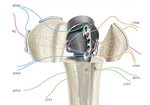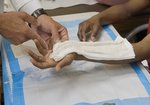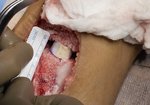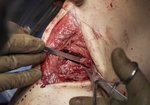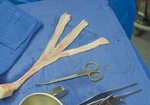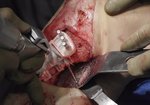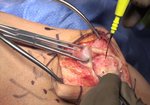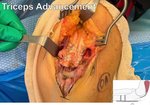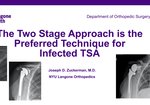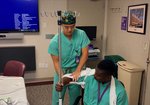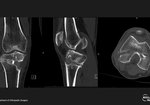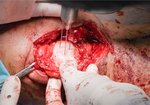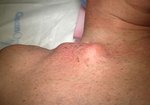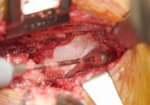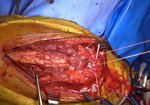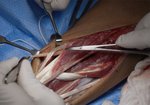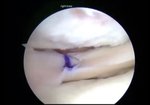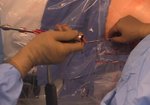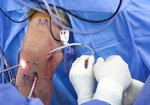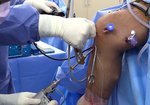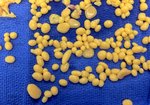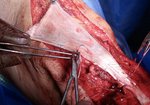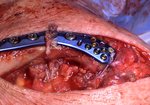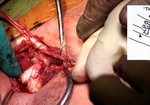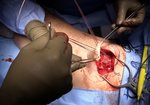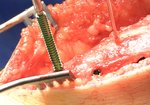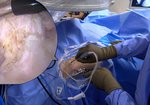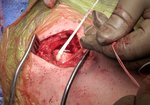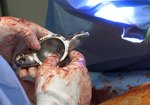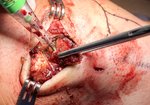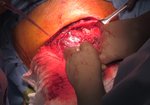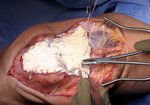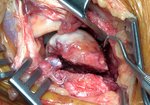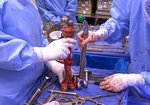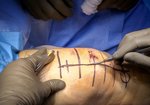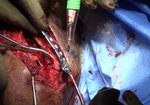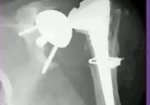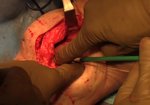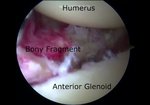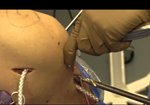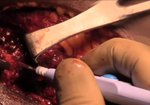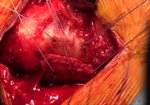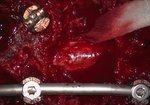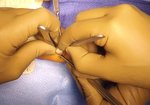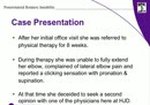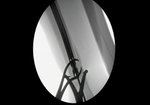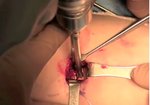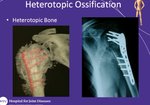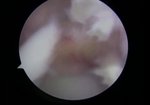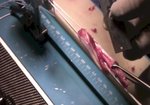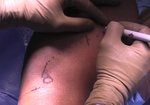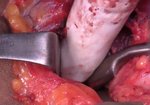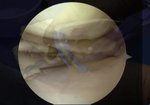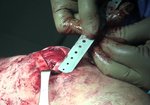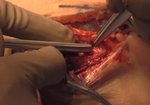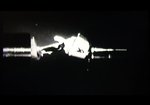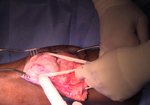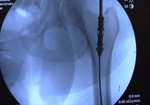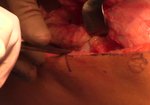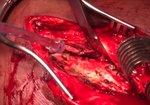
NYU Langone Orthopedics
- 2024 Comprehensive Spine Course
- Sixth International NYU Langone Hip Dysplasia Symposium
- 2022 Comprehensive Spine Course
- Fifth International NYU Langone Hip Dysplasia Symposium: The Island of Knowledge in Hip Dysplasia
- 2nd Annual Sports Medicine Symposium: The Golf and Soccer Athlete
- 2023 Featured Videos
- 2021 Fourth International Hip Dysplasia Symposium
- Featured Videos from NYU Langone Orthopedics
- 2021 Comprehensive Spine Course
- 2020 Comprehensive Spine Course
- 2019 Featured Videos from NYU Langone Orthopedics
- Sports Medicine Symposium: The Modern Athlete
- NYU Langone Orthopedic Webinar Series
- NYU Langone Orthopedics Faculty on VuMedi
- 44th Annual Howard Rosen Memorial Tri-State Trauma Symposium
- Events

Video Player is loading.
Current Time 0:00
/
Duration 0:00
Loaded: 0%
0:00
Stream Type LIVE
1x
- 0.5x
- 0.75x
- 1x, selected
- 1.25x
- 1.5x
- 1.75x
- 2x
- Chapters
- descriptions off, selected
- captions settings, opens captions settings dialog
- captions off, selected
This is a modal window.
Beginning of dialog window. Escape will cancel and close the window.
End of dialog window.
10 seconds
Playback speed
This is a modal window. This modal can be closed by pressing the Escape key or activating the close button.
Repair of Bimalleolar Ankle Fracture
8,844 views
May 24, 2016
Purpose:
The incidence of ankle fractures is rapidly increasing in geriatric populations. Of the 4 ...
read more ↘ fracture patterns described by the Lauge- Hansen classification system, supination-external rotation (SER) account for the majority of ankle fractures. This video demonstrates surgical repair of a supination-external rotation type 4 ankle fracture in a geriatric patient.
Methods:
SER 4 ankle fractures are considered unstable and are generally treated with surgical fixation. Following placement of plate and screws, intra-operative stress tests can be used to assess for syndesmotic widening. If necessary, the syndesmosis can be reduced open, with screw fixation placed parallel to the joint. Patients are kept non-weightbearing for 6 weeks following surgery.
Syndesmosis reduced open and screw placed parallel to joint through plate
Results:
This video, shot on an iPhone 6S, shows the case of a 66 year old female status-post a fall with twisting mechanism resulting in an unstable SER 4 type fracture requiring operative repair. Intra-operative stress test revealed medial clear space widening requiring syndesmotic reduction.
Conclusions:
SER 4 type ankle fractures are a common injury that must be properly managed in order to return patients to baseline functional status. The surgical technique described in this video provides for good stabilization and allows for early range of motion with advancement to weight-bearing as tolerated at 6 weeks post-operatively.
↖ read less
The incidence of ankle fractures is rapidly increasing in geriatric populations. Of the 4 ...
read more ↘ fracture patterns described by the Lauge- Hansen classification system, supination-external rotation (SER) account for the majority of ankle fractures. This video demonstrates surgical repair of a supination-external rotation type 4 ankle fracture in a geriatric patient.
Methods:
SER 4 ankle fractures are considered unstable and are generally treated with surgical fixation. Following placement of plate and screws, intra-operative stress tests can be used to assess for syndesmotic widening. If necessary, the syndesmosis can be reduced open, with screw fixation placed parallel to the joint. Patients are kept non-weightbearing for 6 weeks following surgery.
Syndesmosis reduced open and screw placed parallel to joint through plate
Results:
This video, shot on an iPhone 6S, shows the case of a 66 year old female status-post a fall with twisting mechanism resulting in an unstable SER 4 type fracture requiring operative repair. Intra-operative stress test revealed medial clear space widening requiring syndesmotic reduction.
Conclusions:
SER 4 type ankle fractures are a common injury that must be properly managed in order to return patients to baseline functional status. The surgical technique described in this video provides for good stabilization and allows for early range of motion with advancement to weight-bearing as tolerated at 6 weeks post-operatively.
↖ read less
Comments 16
Login to view comments.
Click here to Login


